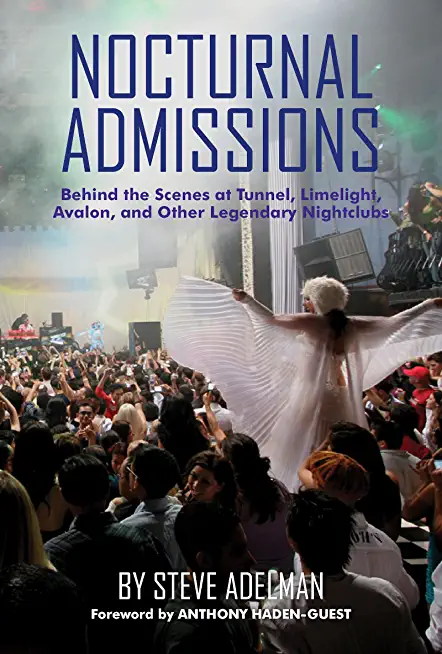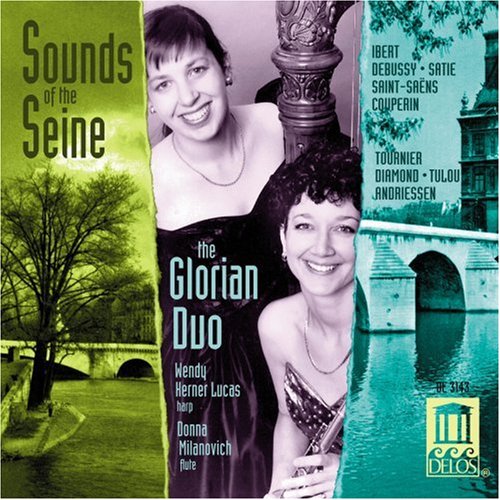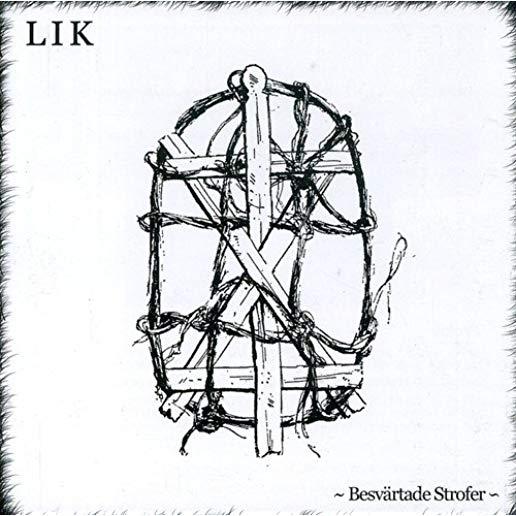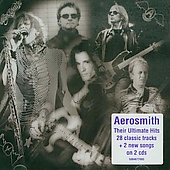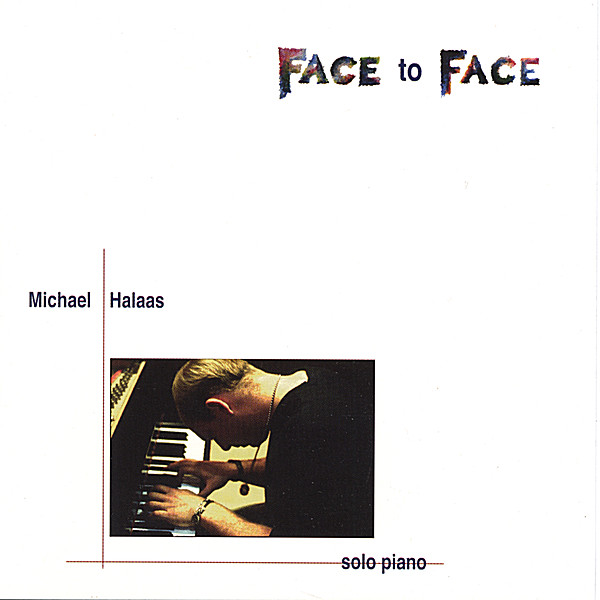
description
f fiction is all too common in the classroom. Yet informational literacy is critical to success in school and beyond. In Make It Real, Linda Hoyt provides a practical, classroom-friendly guide to unlocking the treasures of informational text. What's more, she demonstrates that reading and writing nonfiction can overcome the gender gap, allowing girls and boys to share interests in any subject from bugs and magnets to gardens and cake baking.
Hoyt explains the use of a range of instructional strategies, including shared and guided reading and writing, to help students understand and use nonfiction material to answer questions about the world around them. She shows teachers how to make texts more attainable, scaffold vocabulary, and deal with content-specific words. Her simple suggestions help you get started and maintain your course: having students write about the visuals in their texts, infusing informational texts into guided reading, then using these texts to teach reading strategies. For further help, she includes throughout her book:
- teaching points
- reading strategies
- writing exercises
- checklists, plans, reading logs, and other forms
- vignettes from teachers across the country to serve as real-life models.
member goods
No member items were found under this heading.
Return Policy
All sales are final
Shipping
No special shipping considerations available.
Shipping fees determined at checkout.
